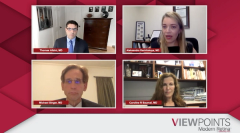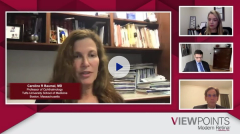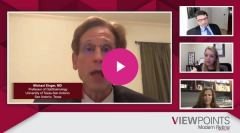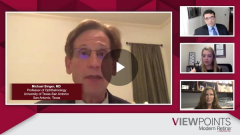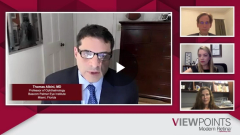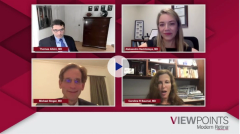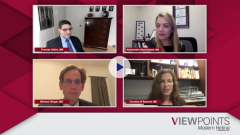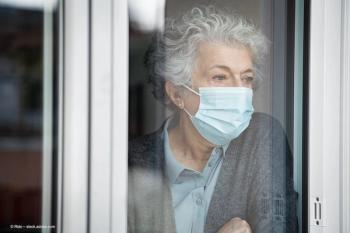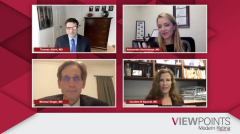
The use of telemedicine for wet AMD treatment
Episodes in this series

Caroline Baumal, MD: Mike, tell me, have you done telemedicine at all or used phone calls? Have you cut imaging?
Michael Singer, MD: Considering the things we [at The University of Texas at San Antonio] have done is funny because we haven’t embraced telemedicine as much as everybody else. But because I have been slightly frustrated, I did use the call model. They did a great job trying to get OCT [optical coherence tomography]–only visits. When we were shut down, for starters, you did not wait in the waiting room. You would walk in, we would send you a text message when it was time for you to come in, and then we’d streamline you through the process in general. What I did is basically decreased the examination of the patient’s eyes. I used to do it every 3 to 4 months, and now I do it every 6 months. That has actually kept going because I realized I do not really need to see, and I have tried to decrease the number of OCTs going forward.
It is interesting. I’ve spent a lot of time thinking about this. I was very frustrated by the whole process when we started telemedicine because I tried to do a video chat and I held up the phone, and obviously you have to be HIPAA [Health Insurance Portability and Accountability Act] compliant. I actually worked with a couple of companies to resurrect some apps. Verona used to have this great app, My Vision Tracker, and I helped persuade them to bring that back to life. It is interesting that there is value there. I do believe, as Tom said, that for the complex cases, you cannot just use telemedicine. I also live in a state that locked down for a very short period of time. I am in Texas, so it really was a much smaller time frame. We were cut down in March, but in mid-April, they started letting people go.
Caroline Baumal, MD: It is so hard to find the right balance. We want to be safe. We want our staff to be safe and our patients to be safe, so we have to find the balance when working and taking care of our patients. We have to make sure they get the care that they need because we treat so many blinding eye diseases. I found that I have really cut down on my imaging, although we have moved that up, but I have changed my whole flow with patients. I will actually have my patients come in, get the OCT first, and then I will see them right away. I will put the anesthetic eyes in and have the trays ready to go, which really cuts down on the time.
One thing I did that really cut down on time is to make the patient’s appointment right when they are in the chair with me. I do not have them go out to a desk or receptionist anymore. It has bothered people to change the flow a little because, for those of you who are academics, you know that the checkout can be the longest wait of the day because people are checking in and checking out. I have really cut down on the visit by just saying, “Here is your appointment in 4 weeks.” Sometimes I just make multiple appointments for 4 weeks, 6 weeks down the road. I say, “Here are the appointments. Come in then.” It has really cut down on patient time.
Newsletter
Keep your retina practice on the forefront—subscribe for expert analysis and emerging trends in retinal disease management.

